Europe has spent decades teaching the world about multilateralism, openness, and cooperation. Now, it must practice what it preached.
Europe has spent decades teaching the world about multilateralism, openness, and cooperation. Now, it must practice what it preached.
By Mehmet Enes Beşer
With the return of Donald Trump to the White House, the European Union finds itself facing an uncomfortable truth: its long-standing dependence on the United States—strategically, economically, and ideologically—is becoming a liability. As U.S. foreign policy pivots further inward and transactional, Europe is forced to confront a rapidly evolving global order where its role is no longer defined by transatlantic consensus, but by the choices it makes amid competing powers.
One of those choices is China. And on that front, Europe must undergo a genuine paradigm shift—not just in policy, but in mindset.
The EU’s current posture toward China is a study in contradictions. It views Beijing simultaneously as a partner, a competitor, and a systemic rival. While this tripartite framing may reflect the complexity of the relationship, in practice it has translated into indecision, incoherence, and missed opportunities. If Europe wants to remain relevant in the emerging multipolar order, it needs to replace moralistic posturing with strategic pragmatism. It needs to stop reacting to U.S. pressure and start defining its own interests.
The Transatlantic Mirage
The Trump administration has made clear its priorities: to end the Ukraine war on terms likely unfavorable to Europe, to impose punitive tariffs on EU goods, and to demand a much larger European share in NATO’s budget. These are not mere policy shifts—they signal the erosion of the post-1945 alliance structure that once bound the transatlantic community.
In this context, clinging to U.S.-led foreign policy alignment is no longer tenable. The U.S. has doubled its per capita GDP since 2009; the eurozone has grown less than 20% in the same period. European industry—particularly in areas like technology, energy, and automobiles—is increasingly uncompetitive. Worse still, the EU has failed to cultivate coherent leadership at home, with Paris and Berlin often pulling in different directions, while the far right steadily gains ground in national capitals.
Europe must therefore abandon the illusion that its future lies solely in its Western orientation. The real question is not whether to choose the U.S. or China—but whether to regain strategic agency in an increasingly asymmetric world.
China: Not a Threat, but a Test
Europe’s attitude toward China has regularly been filtered through a lens of moral superiority and strategic caution. From Huawei’s exclusion in 5G infrastructure to criticisms on human rights, the EU has aligned closely with Washington—frequently at the cost of its own economic and technological autonomy.
But this approach is increasingly unsustainable. China is now Europe’s largest trading partner in goods. It leads the world in electric vehicle production, green technology, battery innovation, and digital infrastructure. Where Europe once imagined itself a standard-setter, China is fast becoming the benchmark.
This is not merely a wake-up call—it is an invitation. Europe must stop treating China as a disobedient junior partner and start treating it as what it is: a global peer, whose civilization, governance model, and economic trajectory differ from Europe’s, but whose cooperation is essential for addressing shared challenges.
The EV Dilemma: Protectionism vs. Partnership
Nowhere is this clearer than in the electric vehicle (EV) sector. European automakers are under siege—not by unfair practices, but by their own failure to innovate and scale. Chinese EVs are cheaper, better integrated with tech, and supported by supply chains that Europe lacks.
Raising tariffs on Chinese EVs will not save Europe’s car industry. It will delay innovation, punish consumers, and invite retaliation. The real solution lies in deeper industrial collaboration: joint ventures in battery technology, shared platforms for autonomous driving, and cooperative investment in next-gen infrastructure.
Europe should welcome Chinese capital and expertise—not to surrender, but to catch up. Just as technology transfer helped China rise, now Europe must learn from its former student. That is not capitulation; it is adaptation.
Toward a More Balanced Relationship
To build a mature relationship with China, Europe must also evolve diplomatically. It can—and should—continue to express concern on issues like Hong Kong, Xinjiang, or Taiwan, but it must do so within the framework of mutual respect. Blanket condemnation and ideological lecturing only harden positions and limit space for dialogue.
Keir Starmer’s approach in the UK—quiet engagement over public grandstanding—may offer a useful model. By focusing on economic and environmental collaboration, rather than performative condemnation, Europe can keep doors open without abandoning its values.
More broadly, Europe must recognize that Chinese civilization is not a subordinate branch of global modernity—it is a parallel tradition, equally complex, equally modern, and increasingly influential.
Conclusion: Reclaiming European Sovereignty Through Strategic Clarity
Europe’s future cannot be outsourced—to Washington, to Beijing, or to nostalgia. It must be built on a clear-eyed assessment of global realities, domestic needs, and shared challenges.
In China, Europe faces not an enemy but a test: can it engage as an equal, shed outdated prejudices, and build a framework of mutual interest that secures both prosperity and stability?
That will require difficult adjustments—on trade, on diplomacy, on industrial strategy—but it is the only path to a sovereign Europe in a post-American world order.
Europe has spent decades teaching the world about multilateralism, openness, and cooperation. Now, it must practice what it preached—and recognize that a new era requires new partners, new humility, and a new kind of leadership.
Cover graphic by Euronews.







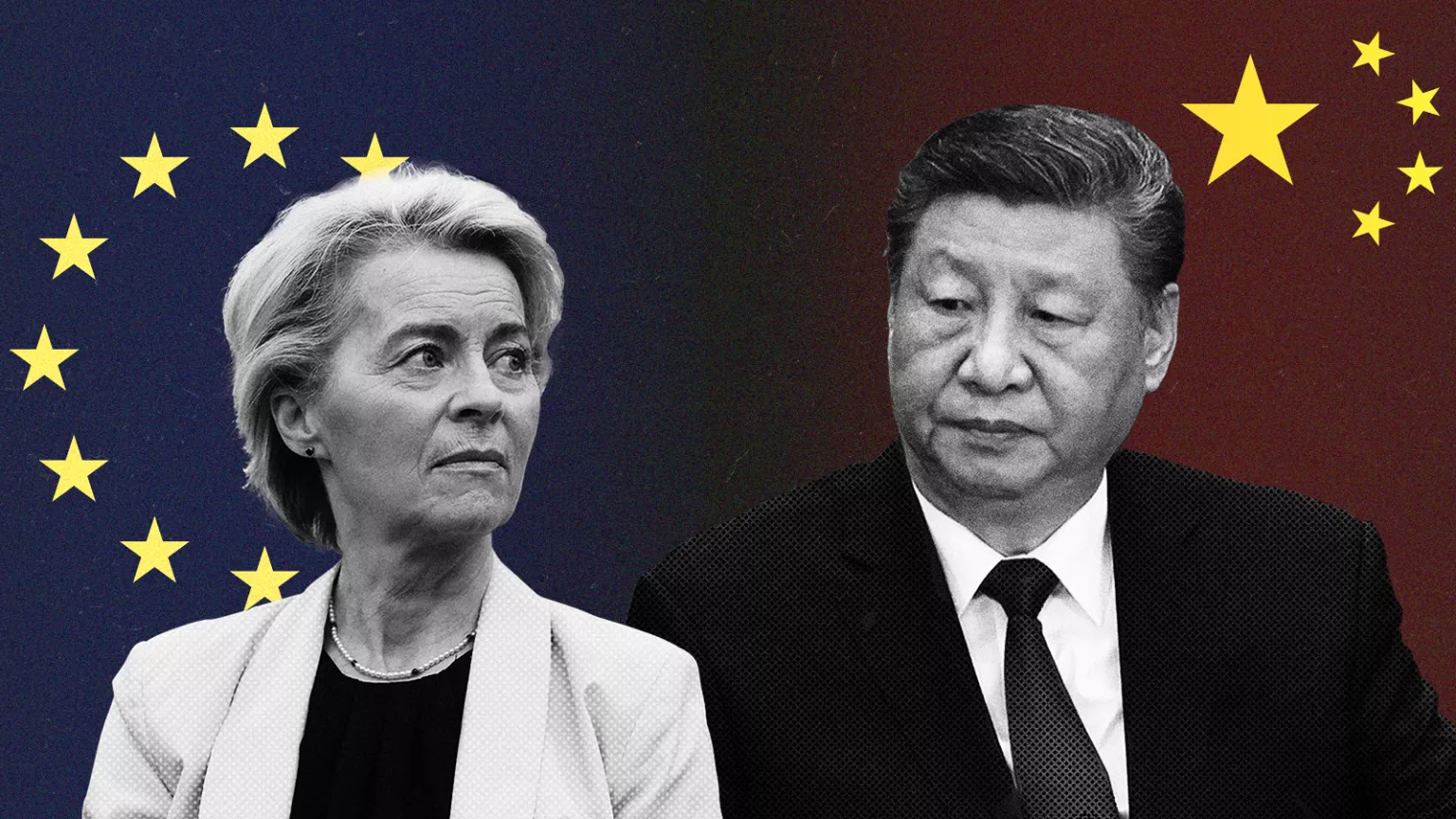

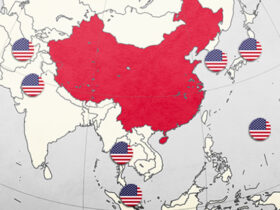
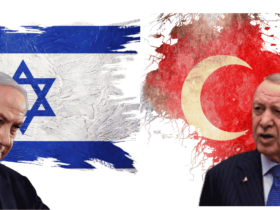



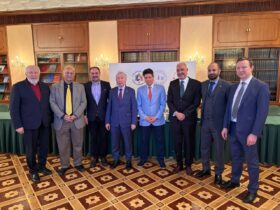
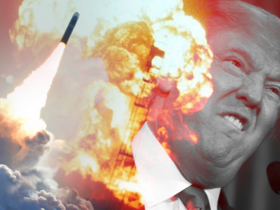
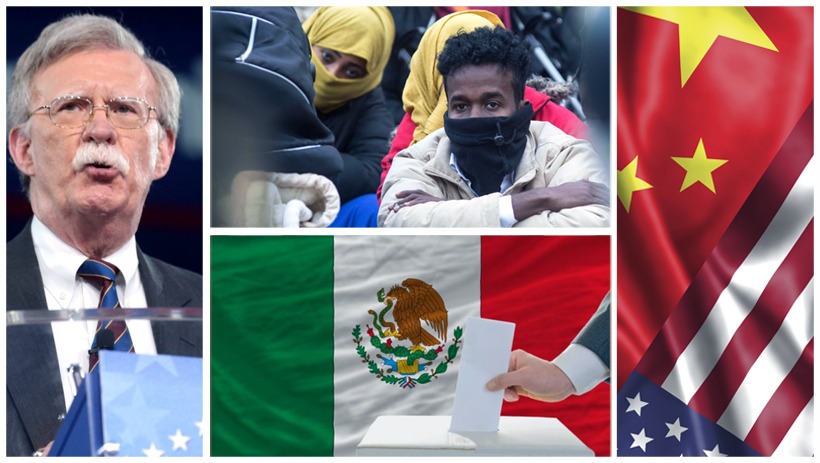
Leave a Reply